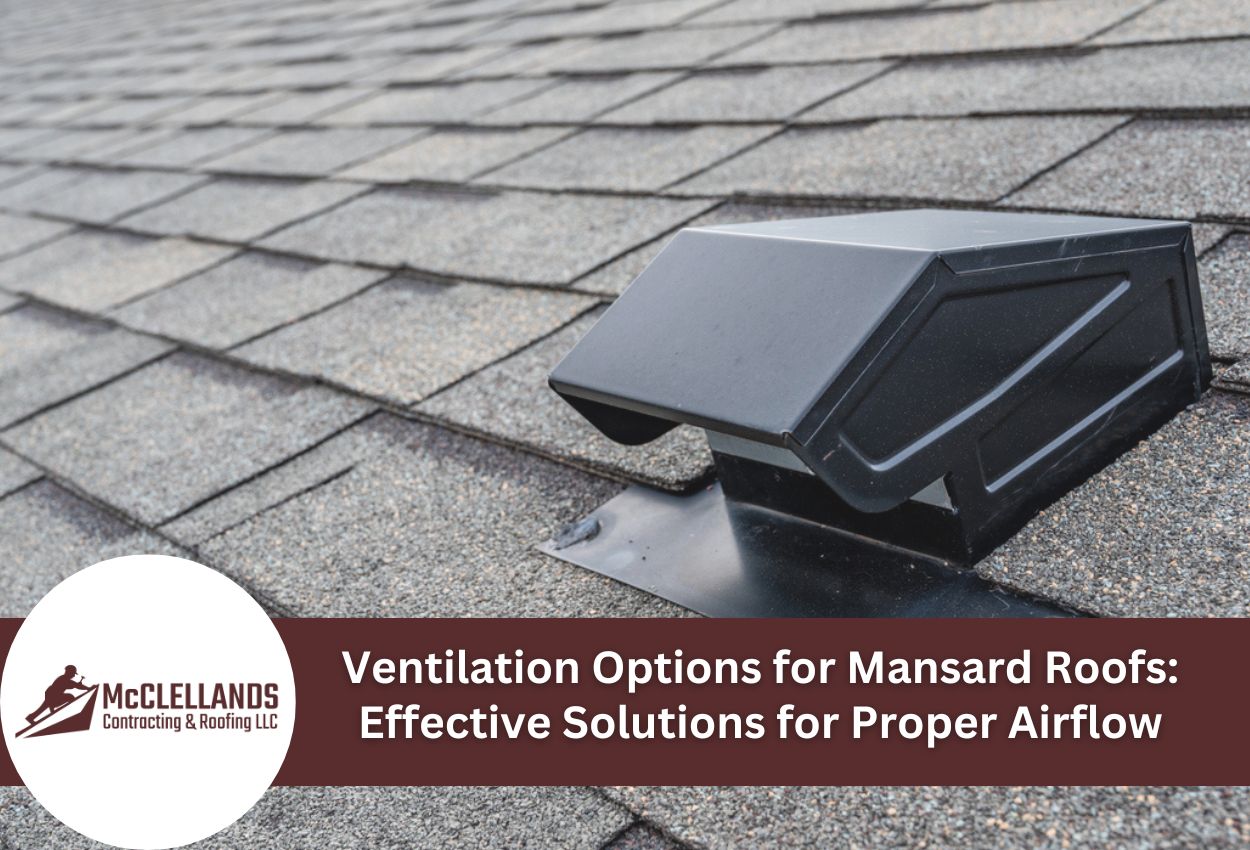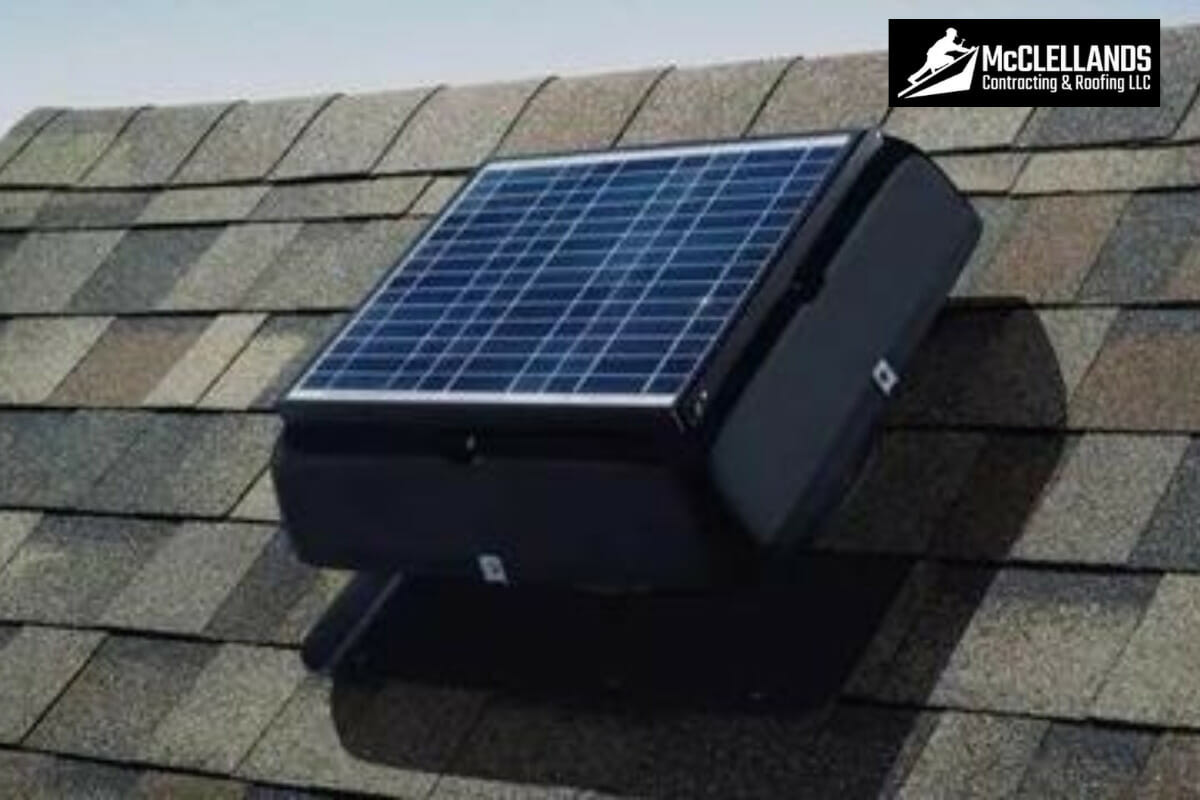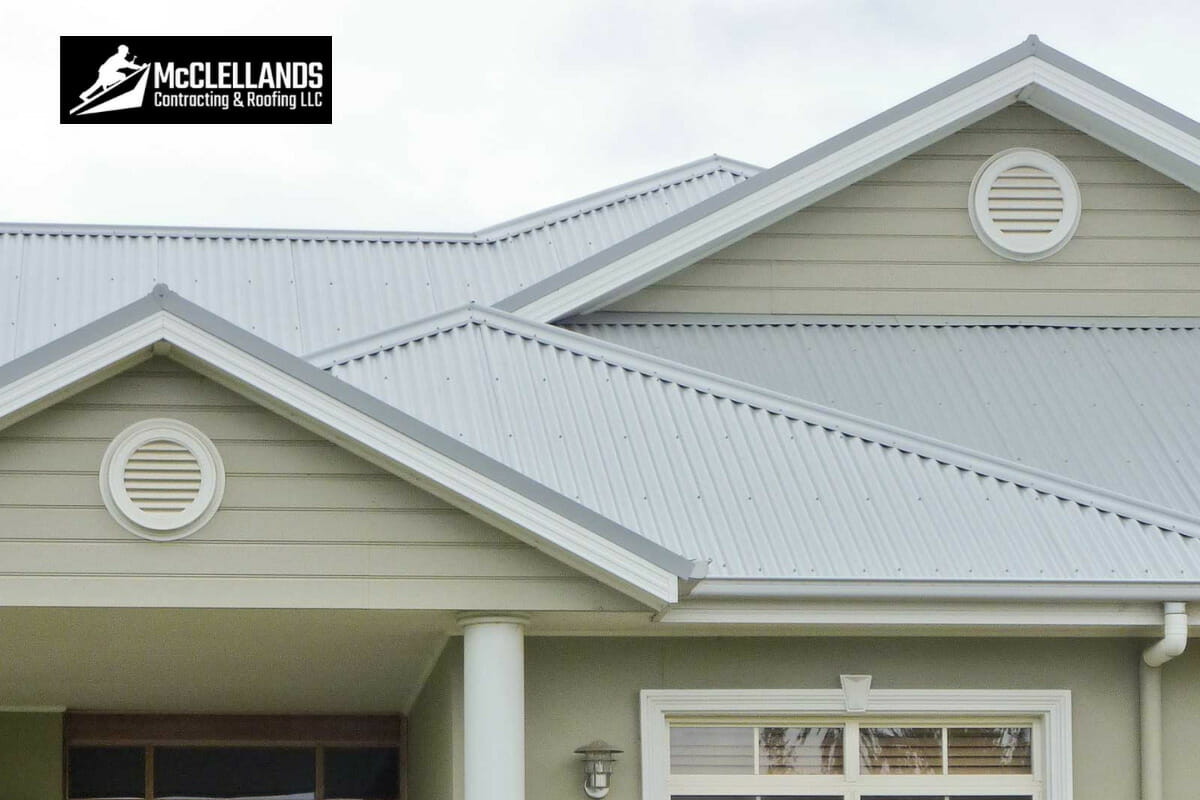Are you tired of high energy bills and uncomfortable temperatures in your home? If so, you may be wondering if upgrading your attic ventilation is the solution. Spray foam insulation is a popular way to combat high energy bills and balance the temperature in a home. However, did you know that insulation can trap heat and moisture without proper attic ventilation?
In this blog, we will delve into how spray foam insulation can be combined with attic ventilation to make your home more comfortable. Also, we will answer the question as to when you need attic ventilation with spray foam insulation.
Read on to make a better decision for your roof and the years to come.
What Is Spray Foam Insulation?
Spray foam insulation is a mixture of chemicals sprayed into a space using a specialized machine that then expands to insulate your attic space.
It is known for its high R-value, which ensures the proper level of insulation per inch of thickness. The higher an insulation’s R-value, the better it forms a barrier against air and vapor exchange. The chemical composition of spray foam insulation includes an isocyanate and polyol resin which combine to form the material.
Since it expands into the space where it is sprayed, it’s effective at blocking holes and forming the perfect insulation for your home attic. Additionally, by cutting the expense of energy bills at home, spray foam insulation improves overall energy efficiency.
Some of the benefits of spray foam insulation include the following:
High R-Value: Spray foam insulation has a higher R-value per inch than other types of insulation, which means it can provide more insulation with less material.
Air-Sealing Properties: Spray foam insulation can help to seal gaps and cracks in the attic, which helps reduce air leaks and improve energy efficiency.
Moisture-Resistant: Spray foam insulation is resistant to moisture, which can help to prevent mold and mildew growth.
Durable: Spray foam insulation can last for many years and does not settle or sag over time.
Do You Need Attic Ventilation With Spray Foam Insulation?
It depends on whether your attic is conditioned or unconditioned.
Conditioned attics with spray foam applied to the roof deck create a sealed environment that aligns the attic’s temperature and humidity with the living spaces below. These attics typically don’t require traditional ventilation systems like ridge or soffit vents. Instead, humidity is controlled using HVAC systems or, in some cases, vapor diffusion ports to prevent moisture buildup.
Unconditioned attics, where spray foam is installed on the attic floor or between joists, need ventilation to maintain airflow and prevent excess heat and moisture. Traditional ventilation, like ridge and soffit vents, is essential in these setups to reduce the risk of mold and insulation damage.
Moisture management is key in both types of attics. Without it, issues like mold, mildew, and structural damage can arise. Local climate, attic design, and the presence of HVAC systems all influence the best solution for your space.
Consult a professional to assess your attic’s specific needs and ensure optimal performance of your insulation and ventilation systems.
Types Of Spray Foam Insulation
Spray foam insulation is divided into two types based on insulation density and thickness.
1. Open-Cell Spray Foam
Open-cell spray foam insulation is a cost-effective and versatile option used to fill gaps and cracks in walls, floors, and attics. Unlike closed-cell spray foam insulation, open-cell spray foam is less dense and has a lower R-value per inch. However, it still provides a high level of insulation and air-sealing properties.
Furthermore, it is a great option for those who are on a budget but still want to improve energy efficiency and prevent air leaks.
2. Closed-Cell Spray Foam
Closed-cell spray foam insulation is a high-performance and durable insulation option that is often used in attics, walls, and floors. To begin with, it's different from open-cell spray foam insulation as it is denser and has a higher R-value per inch.
Additionally, closed-cell spray foam insulation is also known for its moisture-resistant properties, which can help to prevent mold and mildew growth.
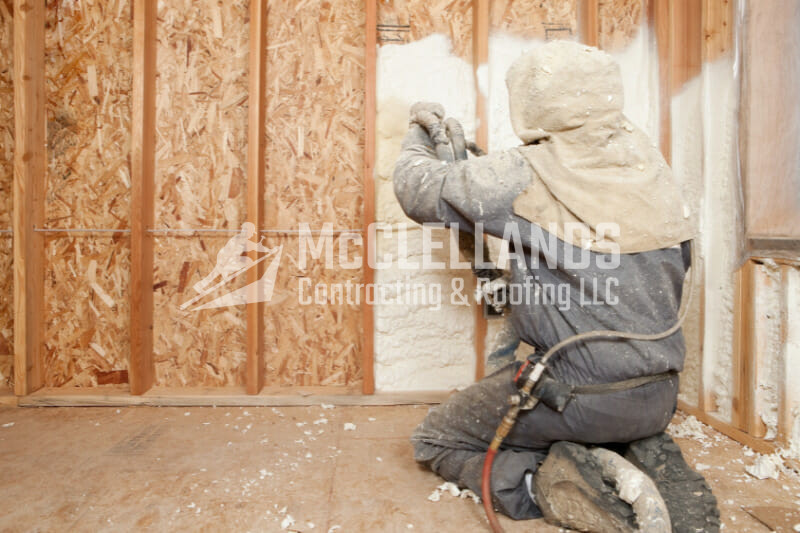
The Importance Of Attic Ventilation
Proper attic ventilation is essential for maintaining a healthy and energy-efficient home. It helps to remove excess heat and moisture from the attic, which improves the overall comfort of the home and prolongs the life of the roof. Additionally, proper attic ventilation helps to prevent mold and mildew growth, which can cause health problems and damage the home. If you do not have proper attic ventilation it can lead to increased energy costs as it will make it harder for the home to stay cool in the summer and warm in the winter.
Ventilation Systems That Suit Spray Foam Insulation
Determining the most suitable type of ventilation for a spray foam-insulated attic depends on whether the attic is conditioned or unconditioned. For unconditioned attics, a blend of traditional ventilation systems, such as ridge vents, soffit vents, and gable vents, is commonly used to ensure proper airflow and moisture control. However, conditioned attics typically do not rely on these systems. Instead, they may utilize vapor diffusion ports or HVAC systems to manage humidity levels.
a. Roof Ridge Vents
For unconditioned attics, the combination of roof ridge vents and spray foam insulation can effectively improve ventilation. Roof ridge vents, installed along the peak of the roof, help remove hot air and moisture, lowering attic temperatures and extending the life of the roof. Spray foam insulation complements this by sealing gaps and cracks, improving energy efficiency and creating a more balanced system.
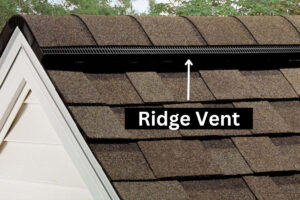
b. Soffit Vents
Soffit vents are another key component for unconditioned attics, helping to bring in cool air and lower temperatures. Installed along the eaves of the roof, soffit vents work best when paired with ridge vents to create a balanced ventilation system. Together, they maintain healthy airflow and prevent moisture buildup, particularly in unconditioned spaces.

c. Gable Vents
Gable vents are often used in unconditioned attics as a cost-effective solution for improving ventilation. Installed on the gables of a home, they provide an escape route for hot air while allowing for better airflow within the attic. They are a straightforward option but are typically less effective when used alone.
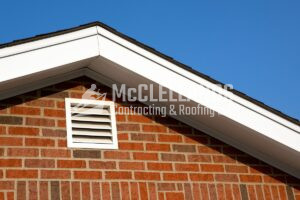
d. Natural Ventilation
Natural ventilation relies on wind and air pressure to bring fresh outdoor air into the attic. While this method is eco-friendly, it’s generally more suited to unconditioned spaces and should be used in combination with other ventilation systems to ensure consistent airflow and moisture management.
For conditioned attics, traditional ventilation systems like ridge, soffit, or gable vents are generally not required. Instead, managing humidity with vapor diffusion ports or HVAC systems ensures that moisture and air quality are controlled without relying on external airflow.
Need Help For Your Attic Insulation And Ventilation?
Poor attic ventilation and insufficient insulation can significantly impact your roof's lifespan and lead to costly repairs or replacements. If you're facing issues with your attic's insulation or ventilation, McClellands Contracting and Roofing LLC is here to help.
Based in Pittsburgh, we’re your trusted experts in roofing services. With years of experience serving homeowners and businesses, we specialize in ventilation, roof installation, replacements, repairs, and more. Let us take care of your roofing needs—call us today at (412) 353-5660 to schedule your free roof inspection!


